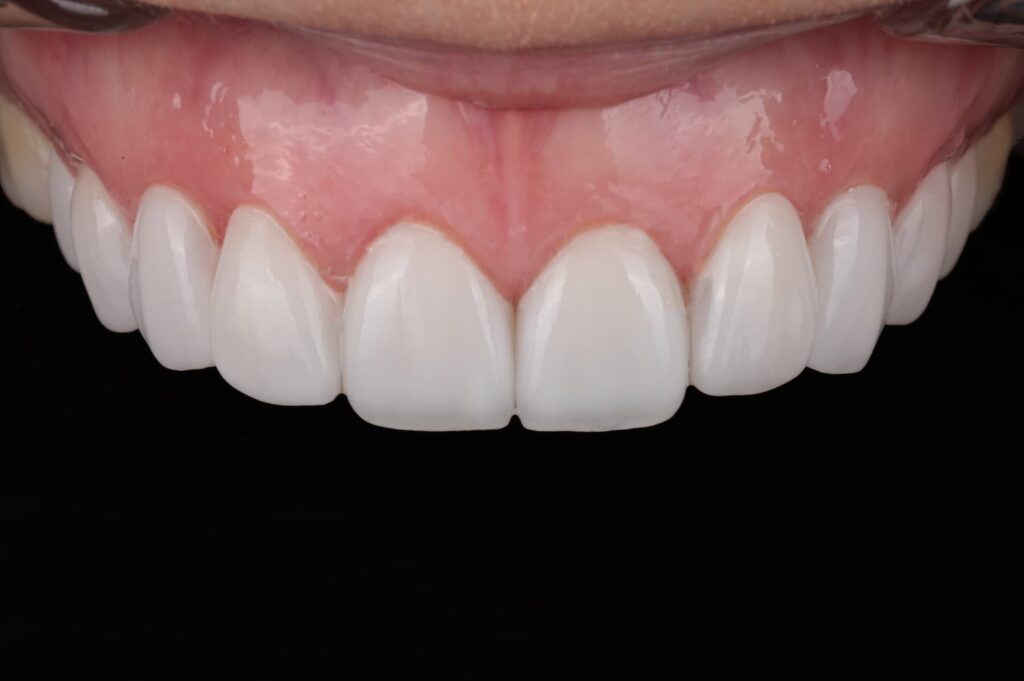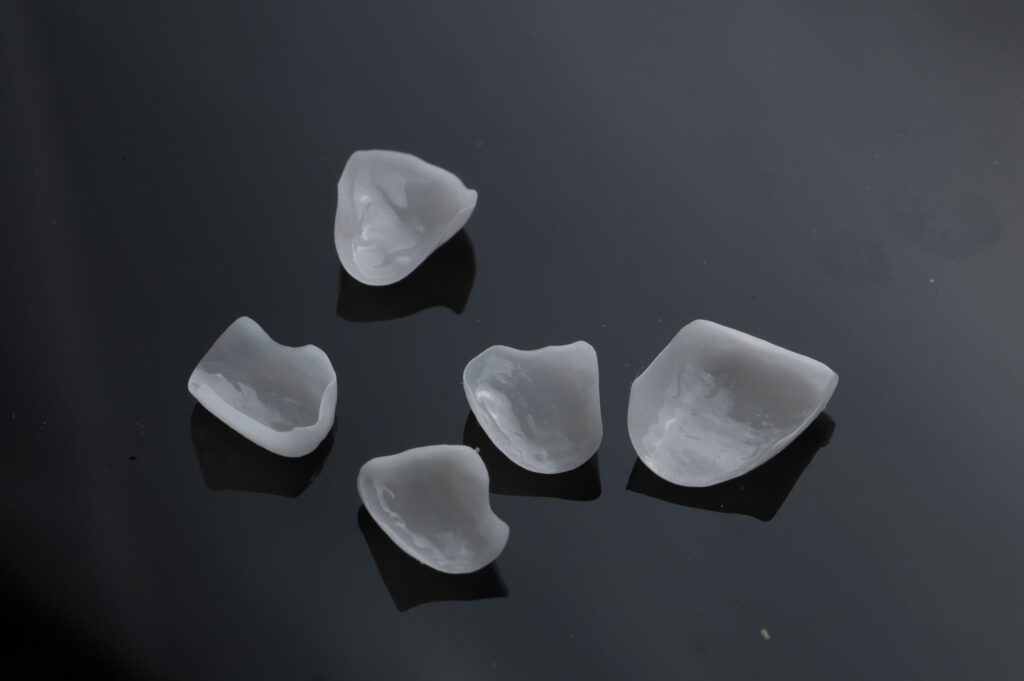Case Studies

Zero Prep, Maximum Impact with UltraThineer
Developed by UltraThineer, In collaboration with Dr. Jessica Raber, DMD, Flawless Dental
This case report details a minimally invasive approach to correcting minor aesthetic deficiencies without removing any tooth structure. The primary concern was chipping and incisal edge wear of the maxillary anterior teeth, accompanied by discoloration. Additionally, the patient sought to enhance the overall shade, starting from 2L 1.5 on the Vita 3D Shade guide. A no-prep technique utilizing 80μm-thick UltraThineer 5Y zirconia veneers was chosen to achieve the desired aesthetic improvements while fully preserving the natural enamel.

UltraThineer: From Average to Extraordinary
Developed by UltraThineer, In collaboration with Dr. Tai Ha, DDS, Newport Beach Dental Studio
This case report presents the aesthetic and functional rehabilitation of a patient with increased overjet, a varied shade range (A1–A3), and a history of severe bruxism. The patient sought improvements in dental alignment and smile brightness. Clinical evaluation revealed anterior misalignment, inconsistent coloration, and occlusal wear consistent with chronic parafunction. A minimally invasive, no-prep approach using 80µm thick UltraThineer 5Y zirconia veneers addressed aesthetic concerns while preserving natural enamel.

The Use of UltraThineer 3D Printed Veneers in Masking Lifelong Tetracycline Staining: A No Prep Esthetic Approach
Developed by UltraThineer, In collaboration with Dr. Tai Ha, DDS, Newport Beach Dental Studio
A common misconception in esthetic dentistry is that veneer placement inevitably requires significant tooth reduction. While conventional preparations do remove enamel, UltraThineer offers the world’s first no-prep, 3D printed zirconia veneer.
